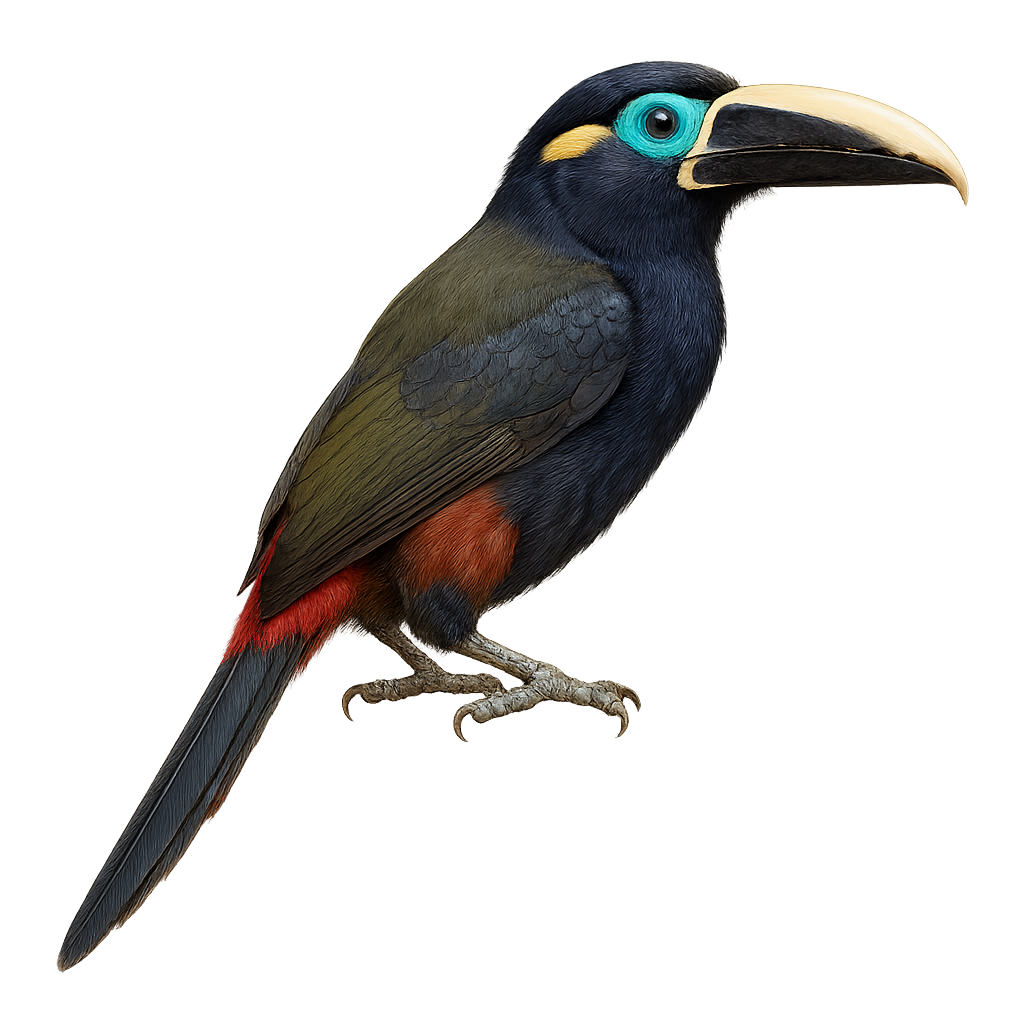Your wildlife photography guide.
Explore the gould's toucanet in detail, study its behavior, prepare your shots.
Where to observe and photograph the gould's toucanet in the wild
Learn where and when to spot the gould's toucanet in the wild, how to identify the species based on distinctive features, and what natural environments it inhabits. The WildlifePhotographer app offers tailored photography tips that reflect the gould's toucanet’s behavior, helping you capture better wildlife images. Explore the full species profile for key information including description, habitat, active periods, and approach techniques.
Gould's Toucanet
Scientific name: Selenidera spectabilis

IUCN Status: Least concern
Family: RAMPHASTIDAE
Group: Birds
Sensitivity to human approach: Suspicious
Minimum approach distance: 10 m
Courtship display: March to May
Incubation: 16-18 jours
Hatchings: March to June
Habitat:
Humid tropical forests, forest edges, wooded areas
Activity period :
Primarily active during the day, with peak activity in the morning and late afternoon.
Identification and description:
The Gould's Toucanet, or Selenidera spectabilis, is a colorful and fascinating bird belonging to the Ramphastidae family. It is distinguished by its vibrant plumage, featuring shades of green, blue, and yellow, as well as its large, multicolored beak. This toucanet primarily inhabits the humid tropical forests of Central America, notably in Honduras, Nicaragua, and Costa Rica. It is often observed in small groups, feeding on fruits, insects, and occasionally small vertebrates. Although its conservation status is currently considered "least concern," deforestation and habitat loss pose potential threats to its population.
Recommended lens:
400mm – adjust based on distance, desired framing (portrait or habitat), and approach conditions.
Photography tips:
To photograph the Gould's Toucanet, it is advisable to use a 400mm or longer telephoto lens to capture detailed images without disturbing the bird. Look for areas where fruits are abundant, as these birds are often attracted to fruiting trees. Be patient and discreet, as they can be suspicious. The natural light of the morning or afternoon is ideal for highlighting the bright colors of their plumage.
The WildlifePhotographer App is coming soon!
Be the first to explore the best nature spots, track rutting seasons, log your observations, and observe more wildlife.
Already 1 439 wildlife lovers subscribed worldwide

